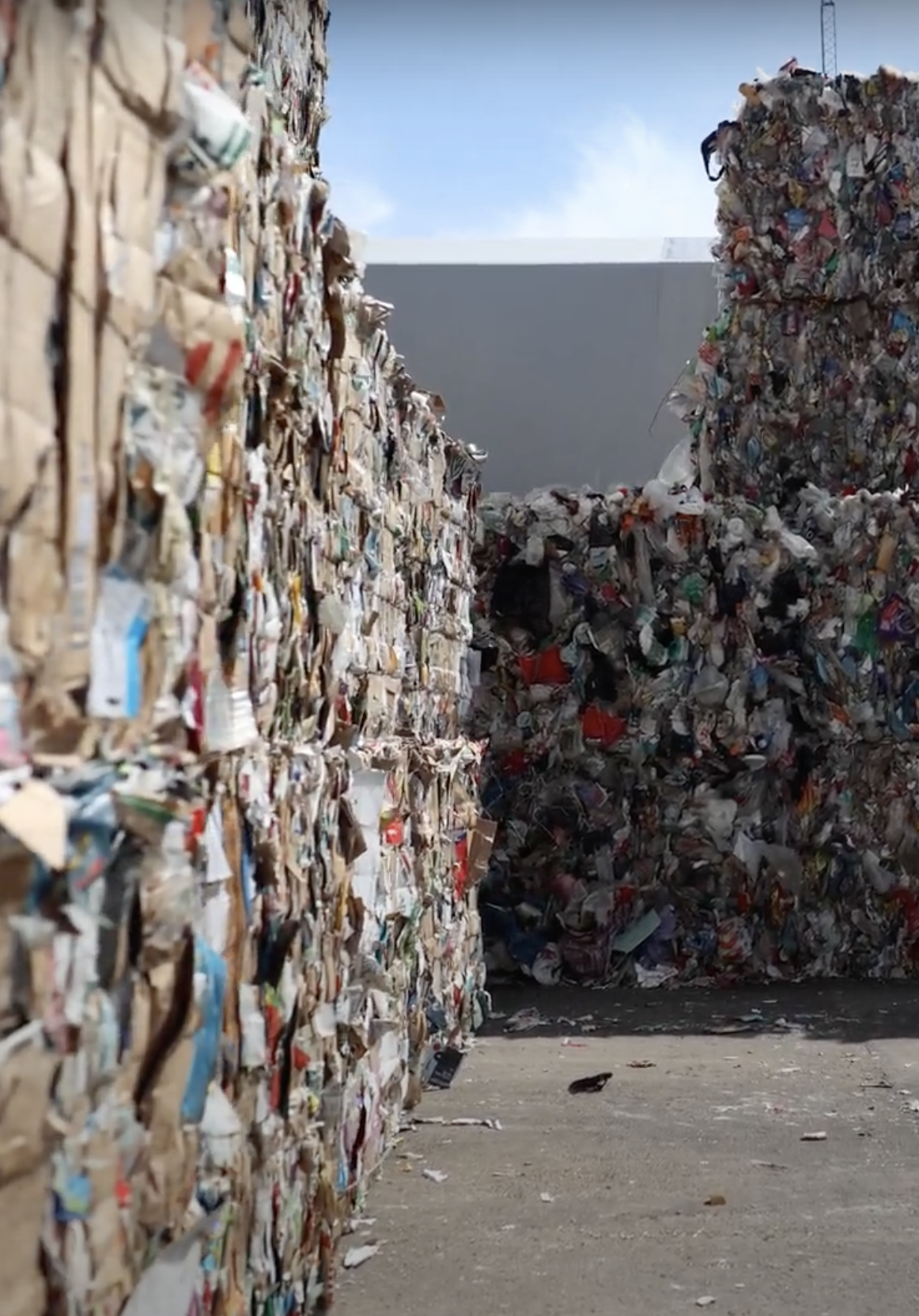The Recycling Company Process: From Collection to Repurposing
The Recycling Company Process: From Collection to Repurposing
Blog Article
Recycling plays an essential position in environmental sustainability, and knowledge the process behind it could reveal how raw resources are made a new life. Recycling Company (Återvinning Företag) follow a structured workflow to make sure spend products are efficiently altered in to used products. This technique not just reduces any risk of strain on organic assets but in addition diminishes environmental pollution. Here's a step-by-step look at how a recycling process unfolds—from series to repurposing.
Step 1: Collection and Sorting
The first step in recycling may be the assortment of recyclable waste. Residential, professional, and professional sources contribute to this flow of materials. Waste is typically collected through curbside applications, drop-off stores, or bulk selection systems. After gathered, the materials are carried to a recycling center for sorting.

At the service, sophisticated selecting methods are accustomed to split up products like paper, pockets, metals, and glass. Handbook job is frequently combined with advanced engineering, such as infra-red scanners and magnets, to boost organizing accuracy. A well-executed selecting process assures proper categorization, which is really a important part of sustaining substance purity.
Step 2: Cleaning and Preparation
Once grouped, products need to be cleaned to remove toxins like food residue, soil, or labels. For example, materials are rinsed carefully before being shredded into smaller pieces, while metals are removed of impurities. Cleaning assures the recycled material maintains their strength and can successfully work as raw substance in manufacturing.
Particular forms of materials also undergo preliminary handling to make them suited to recycling. As an example, paper items are pulped and de-inked to prepare them for delete as fresh report products.
Step 3: Processing and Transformation
After cleaning, products are refined and organized for repurposing. Materials might be melted down and reshaped into pellets, metals are smelted into bars or sheets, and glass is smashed into cullets for recycle in new glass products. At this stage, components are changed in to a standardized type that provides as a basis for production new items.

Step 4: Repurposing into New Products
Finally, the prepared products can be bought to manufacturers who change them in to new products. Recycled pockets might become outdoor furniture or clothing, while materials may be constructed in to structure products or new appliances. Using recycled products ensures a closed-loop process, lowering the need for virgin resources.
The recycling method is important in strengthening circular economies and promoting sustainability. By following these complex measures, recycling businesses breathe new life in to components that would usually contribute to landfills. Knowledge this workflow may inspire customers and firms equally to prioritize recycling and produce mindful possibilities regarding waste. Report this page